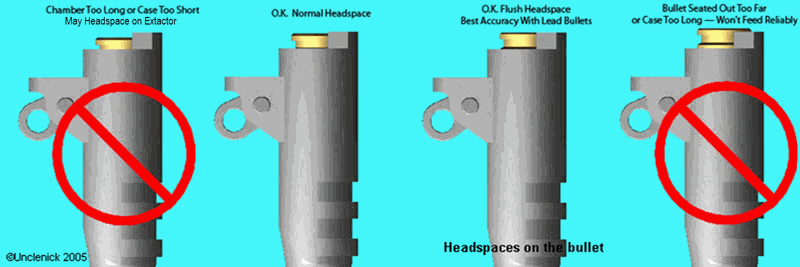Gentlemen,
I bought some 230 grain 45 caliber hard cast lead bullets from a reputable source. I want to load for 45 ACP. The maker advertised the bullets to be sized .452, but when I mic them I get .4535--.0015 larger. I have loaded a few rounds and they will chamber (bearly) in all my 45's chambers.
My question is how will the bullets being oversized that much effect pressures? The loaded rounds are at the low to mid range in Lyman's manual. I have purposely stayed away from max loads.
Anyone have experience in this?
Thank you in advance for your inputs.
Gene Pool
I bought some 230 grain 45 caliber hard cast lead bullets from a reputable source. I want to load for 45 ACP. The maker advertised the bullets to be sized .452, but when I mic them I get .4535--.0015 larger. I have loaded a few rounds and they will chamber (bearly) in all my 45's chambers.
My question is how will the bullets being oversized that much effect pressures? The loaded rounds are at the low to mid range in Lyman's manual. I have purposely stayed away from max loads.
Anyone have experience in this?
Thank you in advance for your inputs.
Gene Pool


